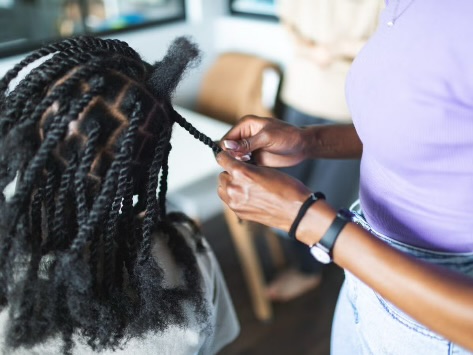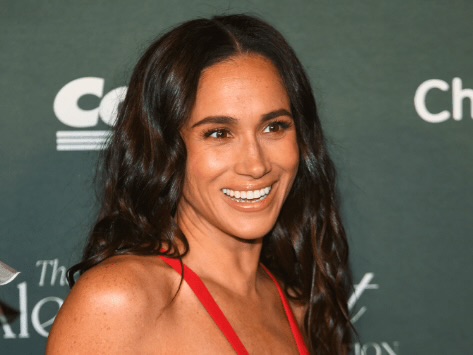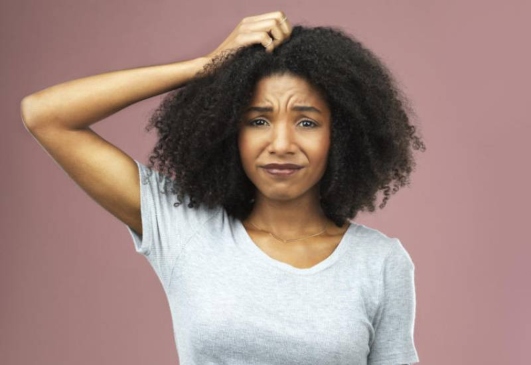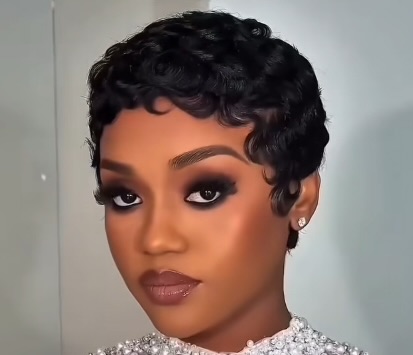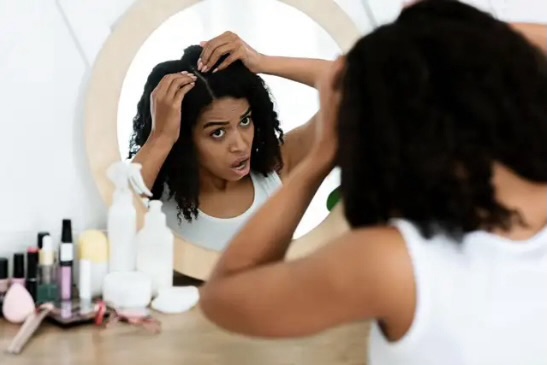Health professionals and environmental experts are raising red flags about a hidden danger in a common beauty staple: synthetic braiding hair.
Frequently used by Black women for protective styles like box braids, twists, and cornrows, many of these hair extensions have been found to contain toxic chemicals—including known carcinogens—that may pose serious health risks.
A closer look at what’s in the hair
Recent studies and independent lab tests have discovered that certain synthetic braiding hairs, particularly those made from kanekalon or toyokalon fibers, often contain flame retardants and other chemical additives. These substances—such as acrylonitrile and vinyl chloride—are listed by the Environmental Protection Agency (EPA) and World Health Organization (WHO) as potentially cancer-causing with long-term exposure.
“These are chemicals you wouldn’t want on your skin for extended periods, let alone your scalp,” says Dr. Amina Brooks, a toxicologist and public health researcher. “The scalp is highly absorbent, and when braiding hair is worn for weeks at a time, these toxins have repeated contact with the skin.”
A burden disproportionately affecting Black women
The concern is not just about the chemicals themselves but also about how the exposure plays into wider environmental justice issues. “Black women are often at the frontlines of beauty product exposure,” says Dr. Naomi Ellis, an environmental health advocate. “From hair relaxers to synthetic braids, we’re talking about a cumulative burden of chemicals that has largely been ignored by regulators.”
What you can do to protect yourself
Experts recommend several steps to reduce exposure. One widely shared tip is to pre-soak synthetic braiding hair in a mix of apple cider vinegar and water before installation. This process may help remove some of the surface chemicals, particularly the alkaline coating that causes scalp irritation. Some brands are now advertising chemical-free or flame-retardant-free options, and more consumers are beginning to seek out those alternatives.
Additionally, advocating for more transparency in beauty product labeling is essential. “Consumers deserve to know what’s going on their bodies,” says Dr. Brooks. “This is more than a beauty issue—it’s a public health issue.”
As awareness grows, the call for regulation and safer beauty options continues, urging brands and policymakers alike to take action.
